Hooded Merganser Duck
- February 19, 2024
- 0 comment
The Hooded Merganser duck, known scientifically as Lophodytes cucullatus, is a captivating species native to North America. Sporting a striking black and white plumage, these ducks are distinguished by the conspicuous crest atop the males’ heads, which can be raised or lowered depending on their mood or behavior. They typically inhabit wooded wetlands, marshes, and rivers, favoring areas with calm, shallow waters abundant in aquatic vegetation.

Hooded Mergansers are adept divers, equipped with specialized serrated bills designed for capturing fish, crustaceans, insects, and amphibians. During the breeding season, males engage in elaborate courtship displays to attract mates, showcasing their vibrant plumage and engaging in synchronized swimming. Females select nesting sites in tree cavities or nest boxes near water bodies, where they lay clutches of eggs and care for the precocial ducklings upon hatching. Despite facing threats such as habitat loss and human disturbance, conservation efforts aim to protect and preserve these fascinating waterfowl for future generations to appreciate and enjoy.
| Characteristic | Description |
|---|---|
| Scientific Name | Lophodytes cucullatus |
| Size | Small to medium-sized duck |
| Plumage | Black and white with distinctive hooded crest (males) |
| Habitat | Wooded wetlands, marshes, rivers |
| Preferred Habitat Features | Calm, shallow waters with abundant aquatic vegetation |
| Feeding Behavior | Piscivorous, feeding on fish, crustaceans, insects, amphibians |
| Nesting Habits | Females lay clutches of eggs in tree cavities or nest boxes near water |
| Breeding Season | Spring |
| Conservation Status | Not globally threatened, but face habitat loss and human disturbance |
| Interesting Fact | Skilled divers, capable of reaching depths of up to 60 feet |
A Fascinating Waterfowl

Hooded Mergansers are captivating creatures that grace water bodies with their unique presence. With their distinctive appearance and interesting behaviors, they are a delight for bird enthusiasts and nature lovers alike.
These ducks are characterized by their striking black and white plumage, with the male sporting a conspicuous crest that can be raised or lowered. They inhabit freshwater habitats such as wooded ponds, marshes, and rivers.
Habitat and Distribution
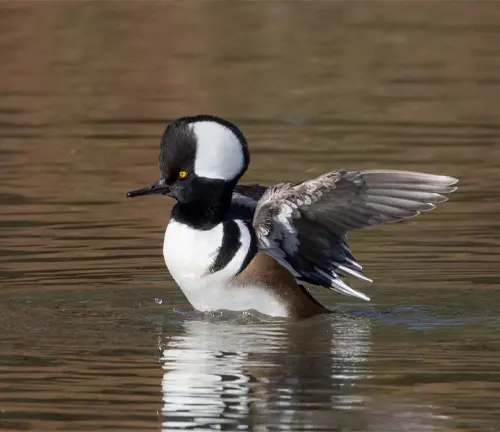
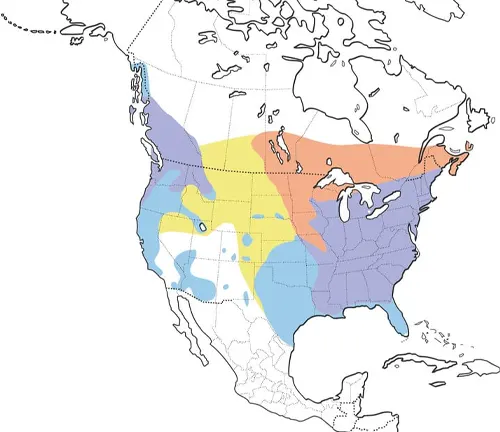
Hooded Merganser ducks are primarily found in North America, particularly in the eastern and southern regions of the continent. They inhabit various freshwater habitats, including wooded ponds, marshes, rivers, and streams. These ducks prefer habitats with calm, shallow waters that are rich in aquatic vegetation, providing them with ample cover for foraging and nesting. Additionally, they are commonly observed in wooded wetlands where they can find suitable nesting sites, such as tree cavities or nest boxes near water bodies. While their distribution is predominantly in North America, they may occasionally be spotted in other regions during migration periods.
Physical Characteristics
Unique features of Hooded Mergansers
One of the most distinctive features of Hooded Mergansers is their striking black and white plumage, coupled with a conspicuous hooded crest atop the males’ heads. This crest can be raised or lowered, adding to their visual appeal. Furthermore, their bills are uniquely serrated, specialized for capturing prey underwater with precision.
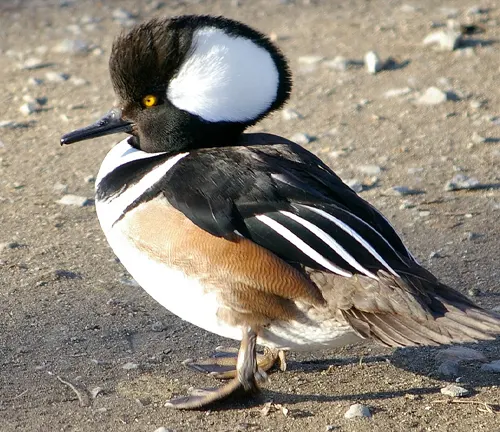
How do they differ from other waterfowl?
Compared to other waterfowl species, Hooded Mergansers stand out due to their unique physical attributes and behaviors. Their hooded crest is particularly noteworthy, as it sets them apart visually. Additionally, their specialized bills, adapted for piscivorous feeding, distinguish them from other ducks that may have different bill shapes suited for varied diets. Behaviorally, Hooded Mergansers exhibit distinct courtship displays and nesting habits, contributing to their uniqueness within the waterfowl community.
Behavior and Diet
Social behavior
Hooded Mergansers typically exhibit varying social behaviors depending on the time of year. Outside of the breeding season, they are often found in small groups or as solitary individuals. However, during the breeding season, males engage in elaborate courtship displays to attract females, showcasing their vibrant plumage and engaging in synchronized swimming. While they may not form large flocks like some other waterfowl species, they do interact with conspecifics in their shared habitats.
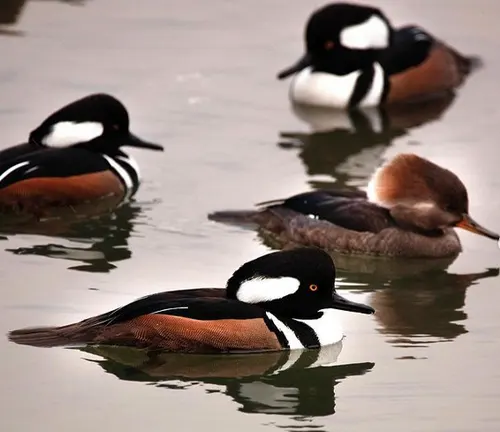
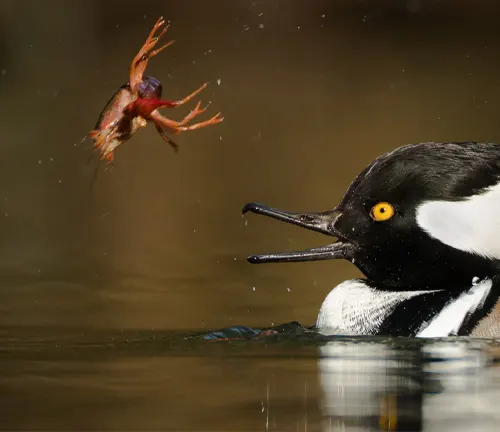
Feeding habits and diet
Hooded Mergansers are primarily piscivorous, meaning they primarily feed on fish. However, their diet is not limited to just fish; they also consume crustaceans, insects, and amphibians. Equipped with specialized serrated bills, they are adept at capturing prey underwater. With their keen underwater vision and agile diving abilities, they forage effectively in aquatic environments. This piscivorous diet distinguishes them from many other waterfowl species that may have omnivorous or herbivorous feeding habits.
Breeding and Nesting
Reproduction cycle
The reproduction cycle of Hooded Mergansers typically begins in the spring. During this time, males engage in elaborate courtship displays to attract females. These displays often involve showcasing their vibrant plumage and engaging in synchronized swimming. Once pairs form, females select suitable nesting sites, which are typically located in tree cavities or nest boxes near water bodies. After mating, females lay clutches of eggs, which they then diligently incubate for about a month. Upon hatching, the ducklings are precocial, meaning they are relatively independent and can swim and feed on their own shortly after birth.

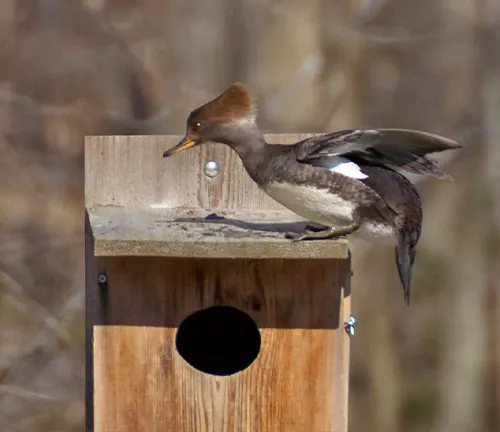
Nesting habits
Hooded Mergansers exhibit specific nesting habits tailored to their preferred habitat. Females commonly select nesting sites in tree cavities, particularly those near water bodies such as wooded ponds or marshes. In areas where natural tree cavities are scarce, they may also utilize artificial nest boxes provided by conservation efforts. These nesting sites offer protection from predators and provide a secure environment for incubating eggs and raising ducklings. The female diligently tends to the nest, ensuring the safety and well-being of her brood until they are ready to fledge and embark on their own.
Conservation Status
Threats to Hooded Merganser populations
Hooded Merganser populations face several threats that jeopardize their long-term survival. Habitat loss and degradation due to urbanization, agriculture, and deforestation pose significant challenges to these ducks. Wetland destruction and degradation further exacerbate their habitat loss, limiting suitable nesting and foraging areas. Pollution, including water pollution from industrial runoff and agricultural chemicals, also threatens the health of Hooded Merganser populations, contaminating their food sources and habitat. Additionally, human disturbances such as recreational activities and disturbance during the breeding season can disrupt nesting attempts and stress individuals, further impacting their reproductive success.
Conservation efforts
Conservation efforts aim to mitigate the threats facing Hooded Mergansers and ensure the preservation of their populations. Wetland conservation initiatives focus on preserving and restoring vital habitat areas, including wooded wetlands and marshes, which are crucial for Hooded Mergansers’ survival. These efforts may include habitat restoration projects, land acquisition for conservation purposes, and the implementation of sustainable land management practices. Conservation organizations also work to raise awareness about the importance of protecting wetlands and the species that depend on them, engaging in outreach and educational programs to foster public support for conservation efforts. Additionally, regulatory measures may be put in place to limit human disturbances in critical habitat areas and reduce pollution levels. By addressing these threats and implementing conservation measures, we can safeguard the future of Hooded Merganser populations and ensure their continued presence in North America’s freshwater ecosystems.
Interactions with Humans
Human impact on Hooded Mergansers
Human activities have a significant impact on Hooded Merganser populations and their habitats. Urbanization and habitat destruction reduce the availability of suitable nesting and foraging areas for these ducks. Wetland drainage, deforestation, and agricultural expansion further fragment and degrade their habitat, making it increasingly challenging for Hooded Mergansers to find suitable breeding sites and food sources. Pollution from industrial runoff, agricultural chemicals, and urban runoff contaminates waterways, posing health risks to Hooded Mergansers and their prey. Additionally, human disturbances such as boating, fishing, and recreational activities in their habitat can disrupt nesting attempts, cause stress, and displace individuals, particularly during the critical breeding season.
Recreational importance
Despite the human impact on their populations, Hooded Mergansers hold recreational importance for birdwatchers, wildlife enthusiasts, and outdoor enthusiasts alike. Their striking appearance, unique behaviors, and habitat preferences make them popular subjects for birdwatching, nature photography, and wildlife observation. Many people enjoy observing Hooded Mergansers in their natural habitat, whether it’s a wooded pond, marsh, or river. Their presence adds to the overall biodiversity and ecological value of wetland ecosystems, contributing to the enjoyment and appreciation of natural spaces. By conserving their habitats and minimizing human disturbances, we can continue to enjoy and appreciate the recreational value of Hooded Mergansers for generations to come.
Interesting Facts and Folklore
Fascinating trivia about Hooded Mergansers
- Despite their small size, Hooded Mergansers are skilled divers, capable of reaching depths of up to 60 feet in search of prey.
- In some Native American folklore, Hooded Mergansers are associated with symbols of fertility and abundance, representing a connection to the natural world.
Different Species
Common Merganser
(Mergus merganser)
Also known as the Goosander in Eurasia, the Common Merganser is a large-bodied merganser species found in North America, Europe, and parts of Asia. It has a similar habitat preference for freshwater rivers, lakes, and wooded wetlands, although it lacks the distinctive hooded crest of Hooded Mergansers.


Red-breasted Merganser
(Mergus serrator)
The Red-breasted Merganser is another species of merganser found in North America, Europe, and Asia. While it shares some habitat overlap with Hooded Mergansers, it tends to prefer coastal marine environments and estuaries, where it feeds primarily on fish.
Scaly-sided Merganser
(Mergus squamatus)
This merganser species is native to East Asia, particularly China, Russia, and Japan. Like Hooded Mergansers, it inhabits wooded rivers and lakes, although its distribution is more restricted. It is known for its striking plumage and distinctive head markings.
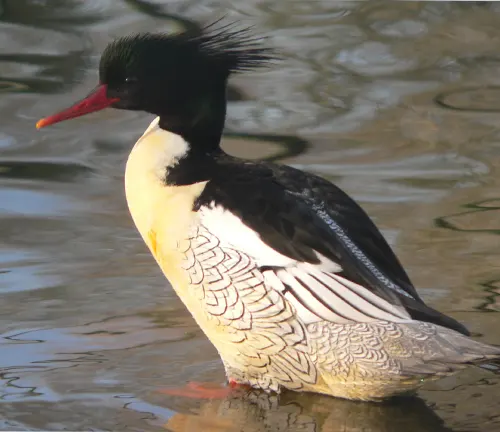
Frequently Asked Questions (FAQs)
- What is the habitat preference of Hooded Mergansers?
Hooded Mergansers prefer wooded wetlands, marshes, and rivers with calm, shallow waters and abundant aquatic vegetation. - How can I identify a Hooded Merganser in the wild?
Look for a small to medium-sized duck with striking black and white plumage, a conspicuous hooded crest on the males, and a serrated bill. - Where can I find Hooded Mergansers?
Hooded Mergansers are primarily found in North America, particularly in the eastern and southern regions, inhabiting freshwater habitats such as ponds, marshes, and rivers. - Do Hooded Mergansers migrate?
Yes, Hooded Mergansers are migratory birds. They may migrate to different regions depending on the season, often seeking warmer climates during the winter months. - How do Hooded Mergansers communicate?
Hooded Mergansers communicate through vocalizations, including various calls and sounds, particularly during courtship and mating displays. - Do Hooded Mergansers nest in trees?
Yes, Hooded Mergansers commonly nest in tree cavities or nest boxes near water bodies, providing protection for their eggs and ducklings. - What predators do Hooded Mergansers face?
Common predators of Hooded Mergansers include raccoons, minks, snakes, and large birds of prey. Nest predation is a significant threat to their breeding success. - How many eggs do Hooded Mergansers lay?
Hooded Mergansers typically lay clutches of 9 to 12 eggs, which are incubated by the female for about a month before hatching. - At what age do Hooded Mergansers fledge?
Hooded Merganser ducklings are precocial and can swim and feed on their own shortly after hatching. They may fledge and leave the nest within a day or two. - What conservation efforts are in place to protect Hooded Mergansers?
Conservation efforts focus on preserving and restoring wetland habitats, implementing sustainable management practices, raising awareness, and minimizing human disturbances to ensure the continued survival of Hooded Merganser populations.


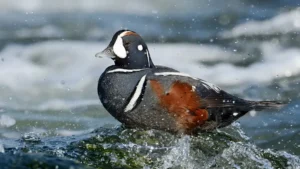


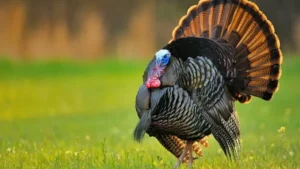

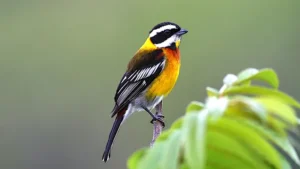


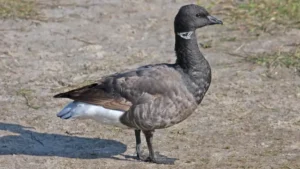
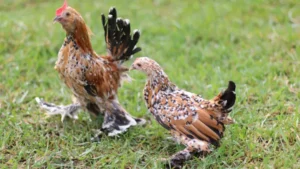
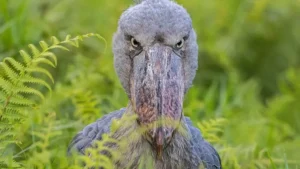

Leave your comment